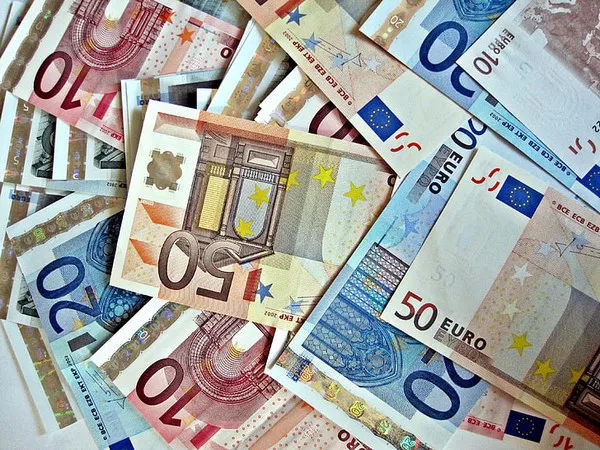As of June 2023, the euro has been experiencing a decline against the sterling, and this trend has been observed in the past few months. The exchange rate between the two currencies has been fluctuating at an average of 0.85 euros to one pound sterling. This decline of the euro against the sterling is primarily attributed to factors such as the economic conditions of the Eurozone, Brexit, and global market trends.
Economic Conditions of the Eurozone
The current state of the Eurozone economy plays a significant role in the fall of the euro against the sterling. The Eurozone has been facing economic challenges in recent years, including high rates of unemployment in some countries and low economic growth rates. These challenges have led to a decrease in investor confidence in the region’s economy, leading to a subsequent decline in demand for the euro.
Additionally, concerns over the ongoing debt crisis in Greece and other countries within the Eurozone have also contributed to the decline of the euro. Investors are wary of the possibility of a default on government debt, which would have severe ramifications for the entire Eurozone. These concerns have further eroded confidence in the euro and caused its value to fall relative to other currencies, including the sterling.
Brexit
The decision by the United Kingdom to leave the European Union (EU), commonly known as Brexit, has had significant consequences for the value of the euro against the sterling. Since the referendum in 2016, the sterling experienced a gradual decline against the euro.
Following the Brexit vote, the UK’s economic prospects became uncertain as investors were unsure about the future relationship between the UK and the EU. Additionally, the political uncertainty surrounding Brexit negotiations and the impact it would have on trade and financial markets led to a decrease in investor confidence in the UK economy. This decreased demand for sterling, leading to its depreciation against the euro.
Conversely, the euro gained value following the first announcement of the Brexit vote. This was due to investors’ confidence in the Eurozone’s economic stability and the belief that the impact of Brexit on the Eurozone economy would be minimal. However, as negotiations progressed, it became apparent that the EU would also suffer adverse effects from Brexit, leading to a decline in the euro.
Global Market Trends
The value of the euro against the sterling is also influenced by global market trends. The fluctuations in the prices of commodities such as oil and gold affect the demand for currencies of countries that produce and trade them. For example, if oil prices increase, then the demand for the currencies of oil-producing countries, such as the Canadian dollar, will rise.
Moreover, major events such as the COVID-19 pandemic have had a significant impact on the global economy, leading to a fall in the value of many currencies, including the euro. In response to the pandemic, central banks worldwide increased their borrowing rates to stimulate their economies. However, this led to a decrease in the value of their respective currencies as investors sought higher returns elsewhere.
Conclusion
The decline of the euro against the sterling can be attributed to several factors, including the economic conditions of the Eurozone, Brexit, and global market trends. With the ongoing pandemic and its effects on the global economy, it is expected that the euro’s value may continue to fluctuate in the foreseeable future. Investors should keep an eye on these factors to make informed decisions about their investments and take advantage of opportunities presented by changes in currency values.


